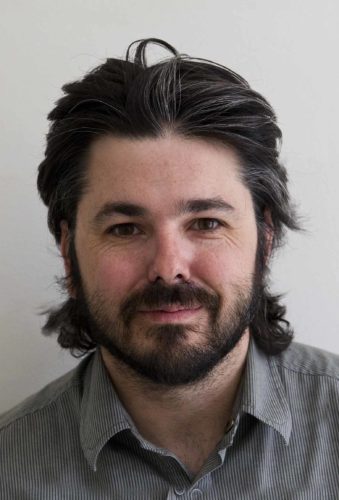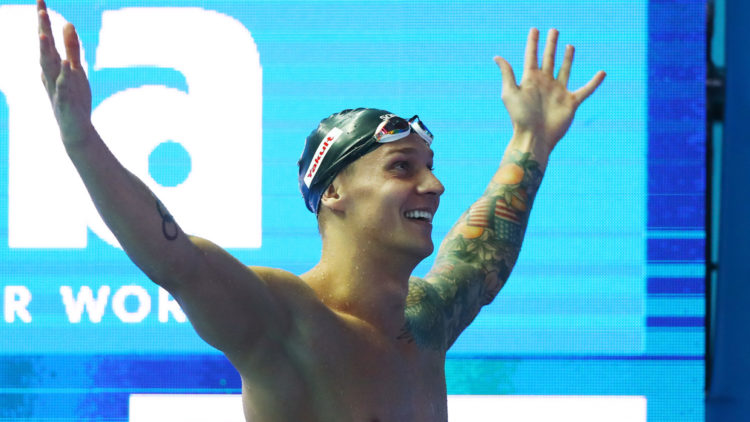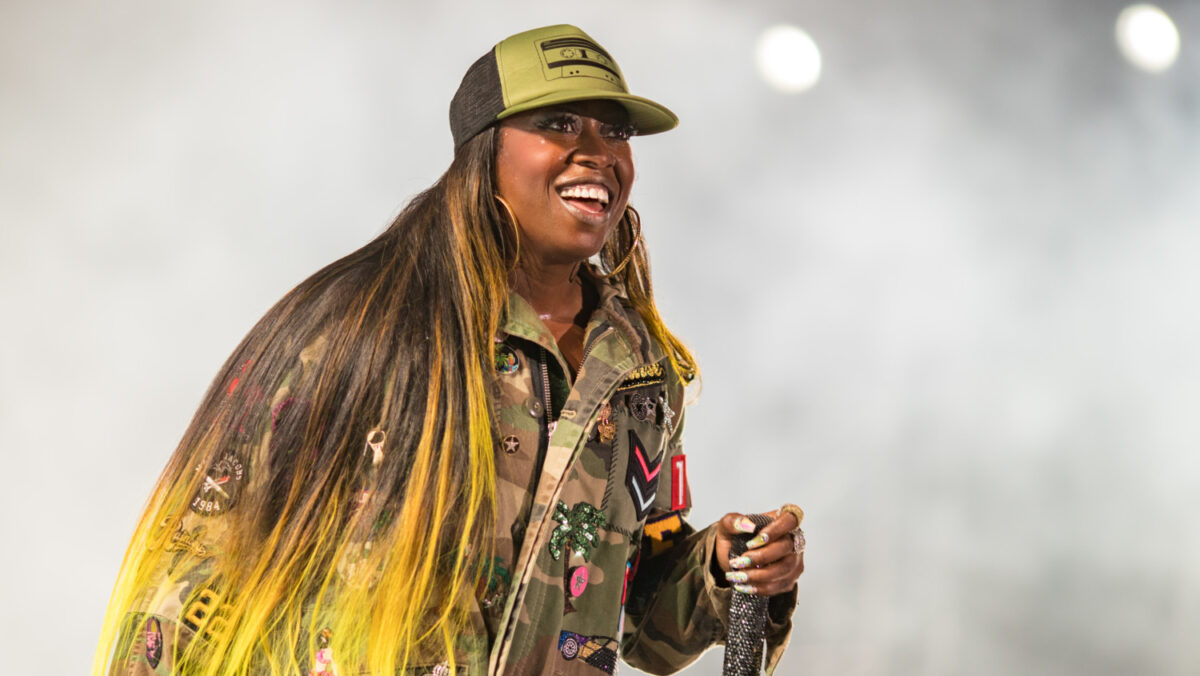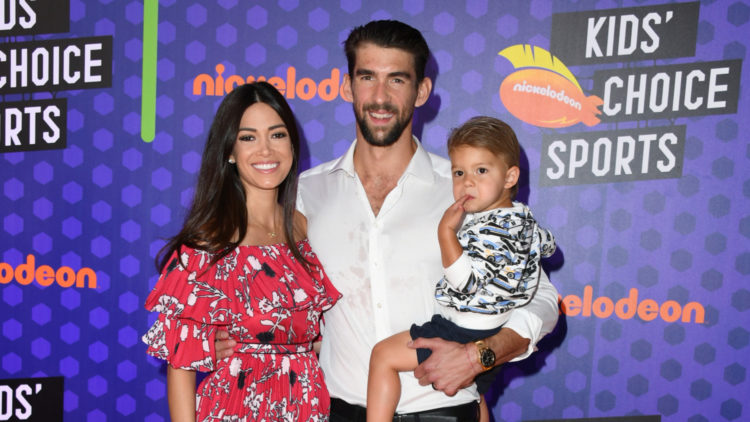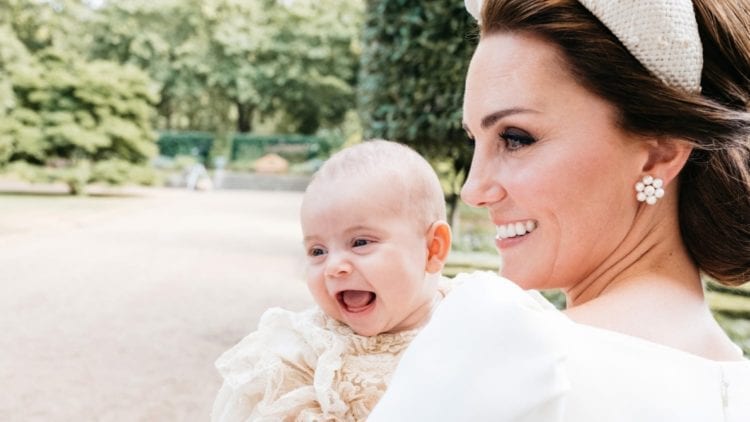We Spoke With An Olympic Photographer Who Captured This Famous Michael Phelps Photo
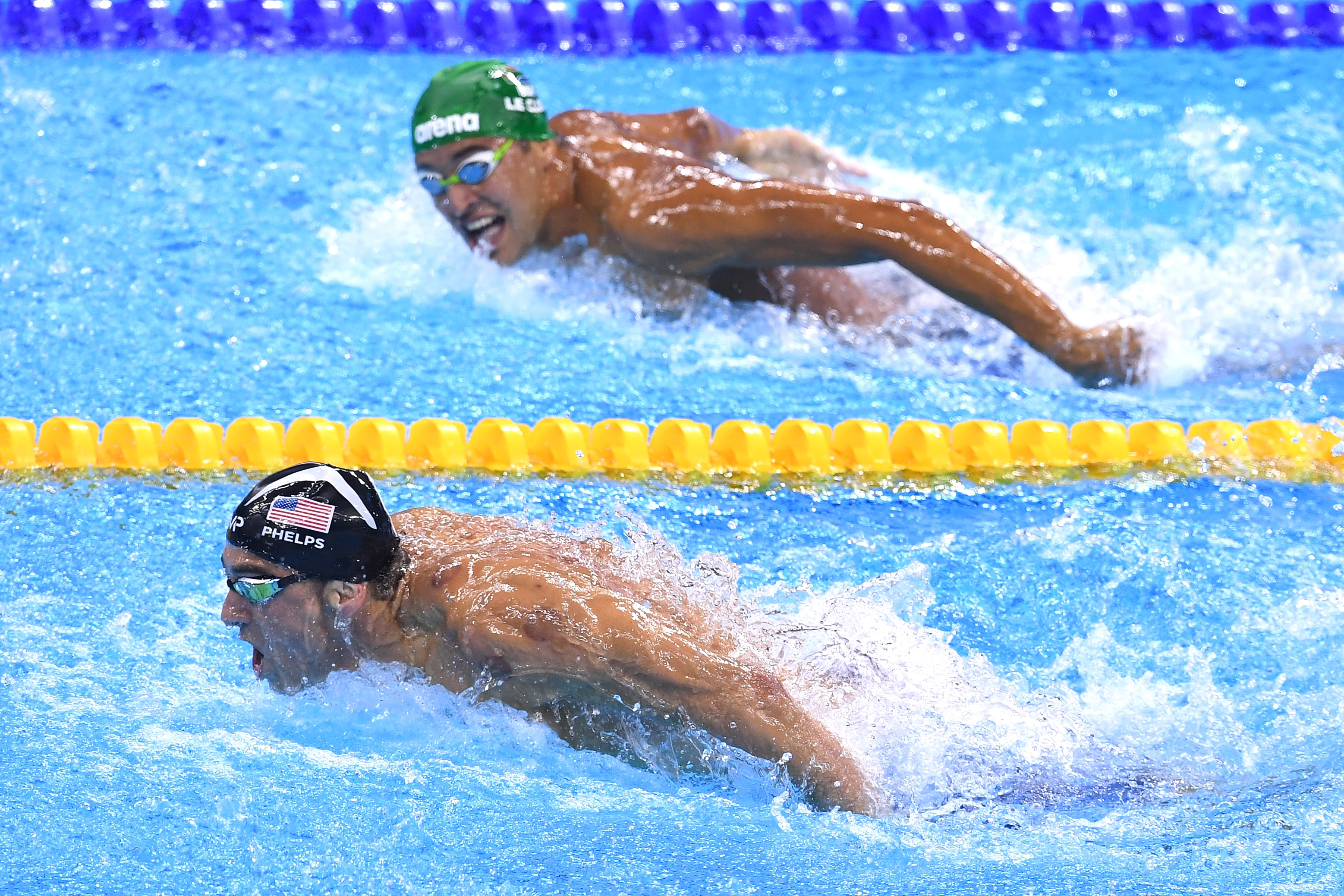
By now, you’ve probably seen one of the viral photos making its way around the Internet showing South African Olympic swimmer Chad le Clos looking over at U.S. Olympian Michael Phelps as they competed in the 200-meter butterfly on August 9 in Rio de Janeiro, Brazil. Phelps won the gold medal—his 20th—while Le Clos came in fourth.
Four years ago at the London Games, le Clos beat Phelps in that same race—by five hundredths of a second. After those Olympics, Phelps said he was retiring. However, when Phelps came out of retirement in 2014, a rivalry between he and le Clos was born.
But, back to the now-famous photo of le Clos stealing glances at Phelps as they competed on August 9.

We spoke to David Ramos, one of the Getty Images photographers who captured the shot, for his one-of-a-kind perspective on what it was like to capture that moment, and then some.
Simplemost: What was it like to take the photo?
Ramos: Being so close to the action at an event that has the potential to mark history is really exciting. My ultimate goal when shooting any sporting event is to transport the viewer into the heart of the action. The images I capture help tell a greater story, and this particular shot helps tell the story of an ongoing rivalry between Phelps and le Clos. There is a raw intensity here that can only be transmitted through an image.
Simplemost: How does it feel when a photo goes viral and is circulated to millions of people?
Ramos: It’s exciting when an image resonates with the public. As photographers, we often have to anticipate key moments in a sport, which, as you can imagine, happen in the blink of an eye. It’s reassuring to know that a single image can tell a unique story to so many different people.
Simplemost: Regarding the shot, did you know it was a winner when you took it?
Ramos: You’re so immersed in the action, it’s hard to tell which image will be the winning shot when you’re actively shooting back-to-back races. I saw Chad le Clos glance into Phelps’s lane a couple times and knew there was something special there; I wanted to capture that moment.
Simplemost: Is it common to capture athletes checking out their competition?
Ramos: It really depends on the athletes. Some are totally focused in on their own [performance] while others like to check [out] their competitors.
Simplemost: What is it like to be around—and work in—that Olympic energy overall?
Ramos: The overall energy at the Olympics is electric. It’s a humbling experience, to say the least.
Simplemost: How do you stay focused among all those people and all the excitement?
Ramos: The Olympics are one of our greatest photographic undertakings at Getty Images. Our team begins preparations years in advance. For me personally, I’ve been doing this for many years and have learned to stay focused on the action—it’s important to visualize the shots I want to capture ahead of time, preparing for and anticipating those exact moments that tell the story and immerse the viewer into the heart of the Olympic action. This is what makes the preparation for these events so important.
Simplemost: How tough is the competition to shoot the Olympics?
Ramos: The competition is high, but I’m not worried about it. When I am shooting, I am not checking in on what my competitors are doing. I stay focused on the task at hand, what I’m doing in the moment, how to make it happen, how to capture something new—an unseen moment—without missing the key moments.
There’s so much action happening so quickly that you don’t have the time to worry about what the competition is doing. Getty Images has built an incredible… team of technicians, editors and photographers. My team gives me the confidence to stay focused on capturing moments that tell a story, knowing I can rely on the editors to take care of my images.
Simplemost: Do sports/Olympic photographers generally specialize in just one sport or do they cover a variety? If a variety, which are your favorites to shoot and why?
Ramos: My photographer colleagues on the ground at Rio are all sport specialist photographers. We’re all highly prepared to cover any kind of sporting event, but nonetheless, some do specialize in one particular sport.
For example, Getty Images photographers Al Bello, Adam Pretty, and Clive Rose are all experts in capturing aquatic events, but at the same time, have amazing portfolios with different sports as well.
It’s hard for me to narrow down one favorite sport to photograph. I personally enjoy shooting gymnastics, football, and aquatics, as they give you nice frames.
Simplemost: In your experience, what is the toughest sport to shoot?
Ramos: The toughest sport to shoot would have to be badminton, no doubt about it. The action is so fast and wide, making it more challenging to capture nice frames during the competition.
Simplemost: What tips would you give aspiring photographers if they want to capture a photo such as your Phelps/le Clos one?
Ramos: Always be ready. Plan your shots ahead of time, anticipate the angle and position that might offer an alternative perspective. Most importantly, stay focused. Not every shot is going to capture that winning moment, but this shouldn’t be discouraging to an aspiring photographer. It takes practice and a dedicated commitment.


